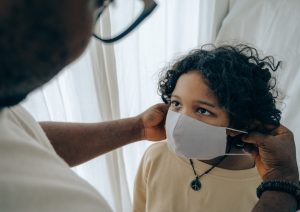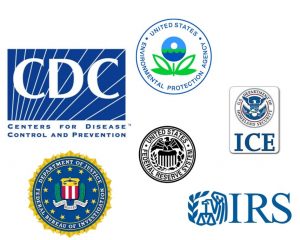LatinaLista — The Annie E. Casey Foundation released an update on the issue of youth behind bars, which is a mixed bag of news.
The good news is that over a 15-year period, from 1995-2010, youth incarceration dropped by 40 percent. However, the bad news is still bad.
According to the KIDS COUNT Data Snapshot: Youth Incarceration, kids are being sent to detention and juvenile facilities for mostly non-violent offenses.
…nearly 40 percent of juvenile commitments and detentions are due to technical violations of probation, drug possession, low-level property offenses, public order offenses and status offenses (activities that would not be crimes for adults, such as possession of alcohol or truancy). This means most confined youth pose relatively low public safety risks.
The rest of the bad news is that students of color make up the bulk of the incarcerations.
The decline in confinement has occurred across all of the five largest racial groups with the biggest declines occurring among Asian and Pacific Islander and Latino youth. However, large disparities remain in youth confinement rates by race. African-American youth are nearly five times more likely to be confined than their white peers. Latino and American Indian youth are between two and three times more likely to be confined.
Even with the improving trend, it’s clear that children of color were/are considered ‘throw-away’ kids. To be jailed for minor offenses such as truancy, drug possession, public disorder offenses, etc. underscores a prevailing attitude that these particular students weren’t/aren’t worthy of an education.
The over-reliance of the juvenile justice system on incarcerating youth of color more often than their white peers, rather than trying to keep them in a learning environment, illustrates the systemic racial attitudes that permeate not just the juvenile justice system but the educational system as well.
The report’s authors make several recommendations such as: restricting incarceration only to youth who pose a demonstrable risk to public safety, creating alternatives to incarceration and establishing treatment-oriented facilities “that can provide a humane and developmentally appropriate setting in which their delinquent behavior can be treated effectively.”
The report doesn’t excuse or make light of misbehavior but, at the same time, the report makes very clear that society’s response to these students has been out of proportion to what they committed — making it a no-brainer that these same children grow up thinking that no matter what they do they’ll end up behind bars, and so they might as well do something that truly warrants it.





